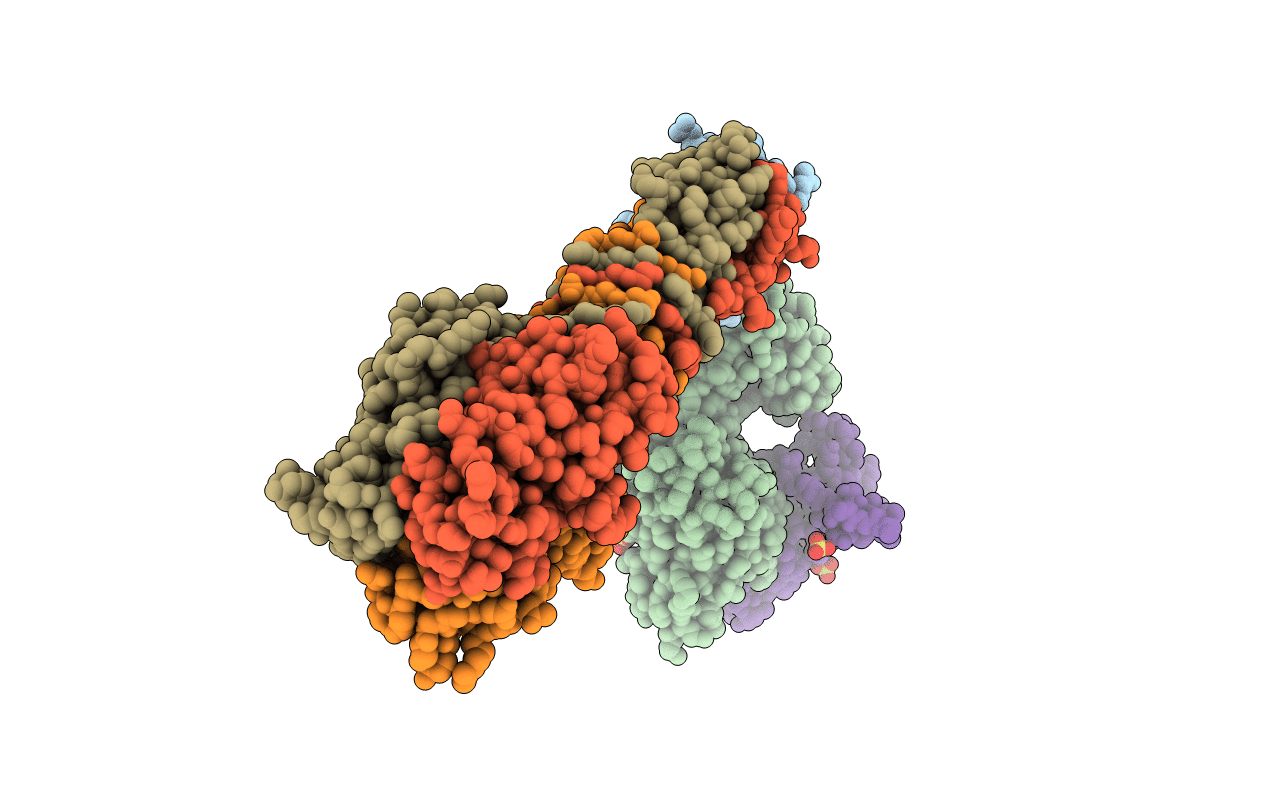
Deposition Date
2015-10-13
Release Date
2015-12-30
Last Version Date
2024-01-10
Entry Detail
PDB ID:
5E7T
Keywords:
Title:
Structure of the tripod (BppUct-A-L) from the baseplate of bacteriophage Tuc2009
Biological Source:
Source Organism:
Lactococcus phage Tuc2009 (Taxon ID: 35241)
Host Organism:
Method Details:
Experimental Method:
Resolution:
2.90 Å
R-Value Free:
0.23
R-Value Work:
0.21
R-Value Observed:
0.21
Space Group:
P 21 3


